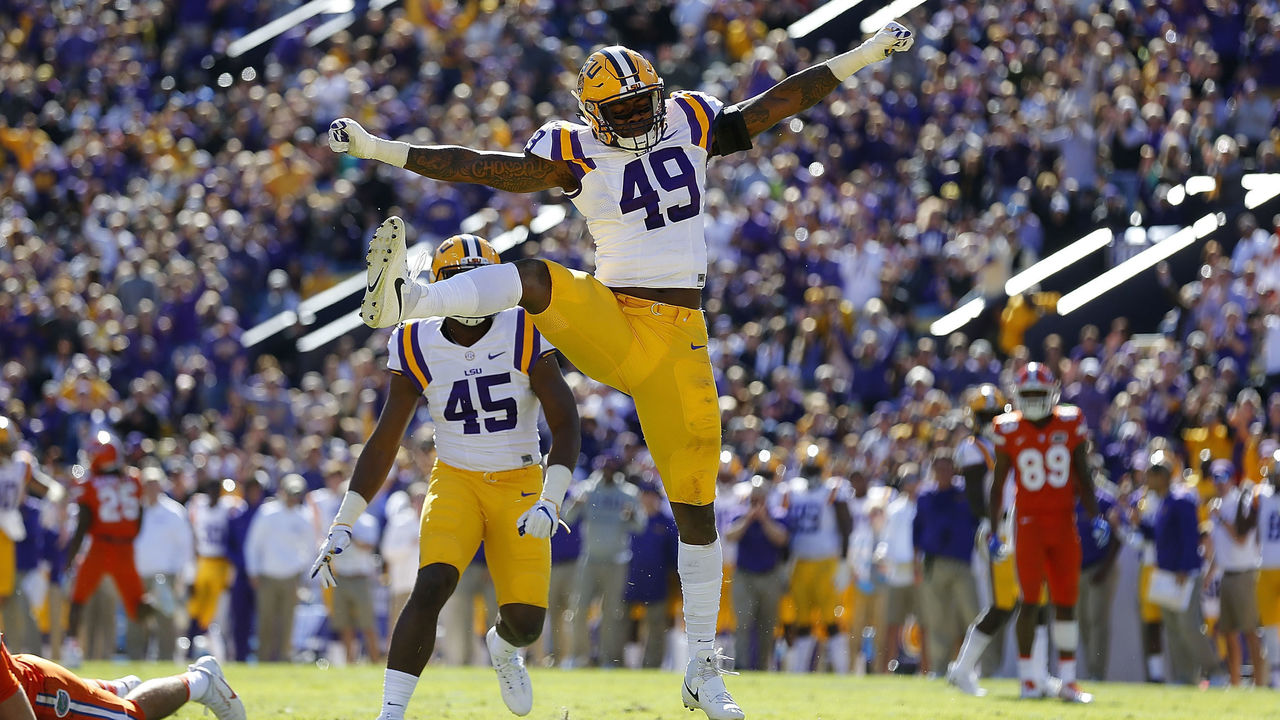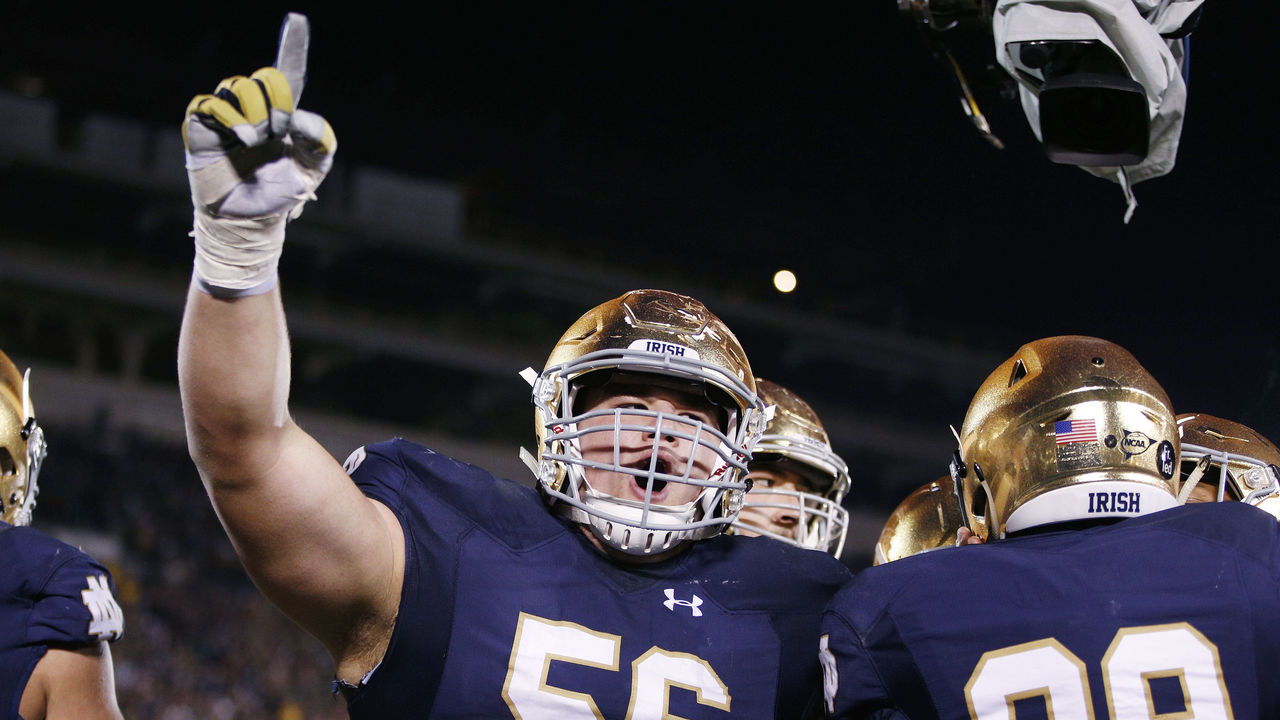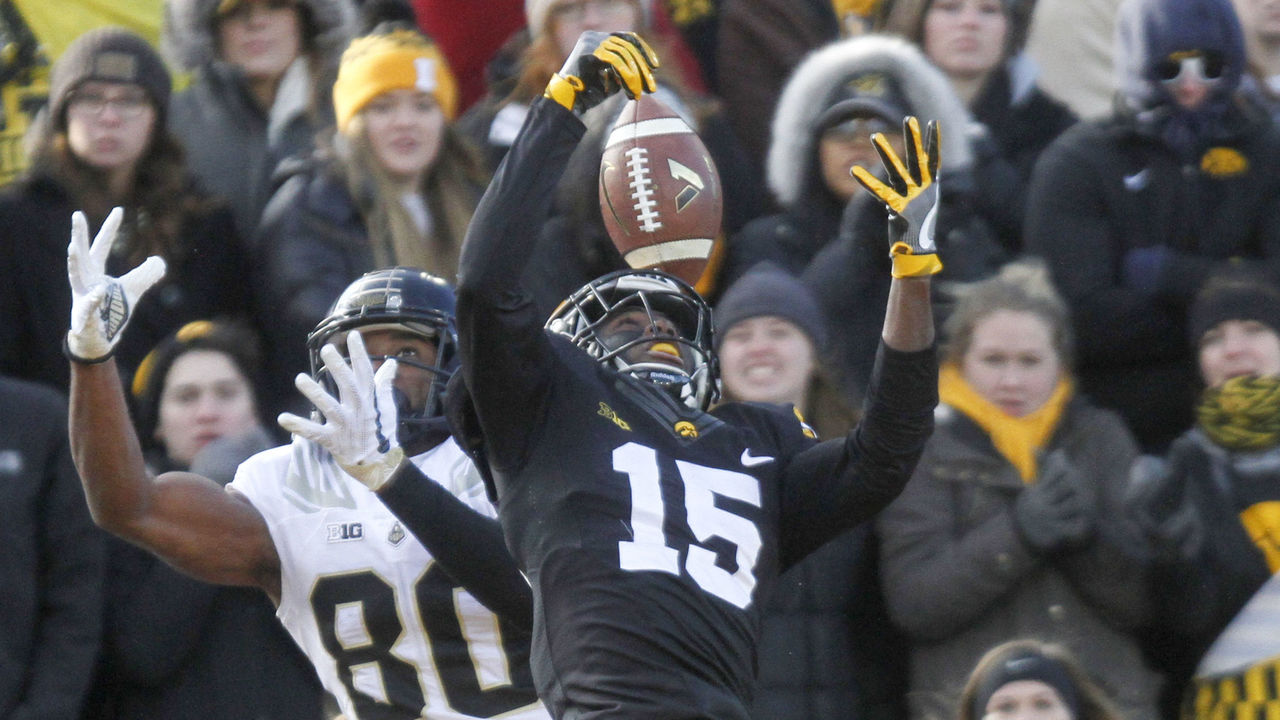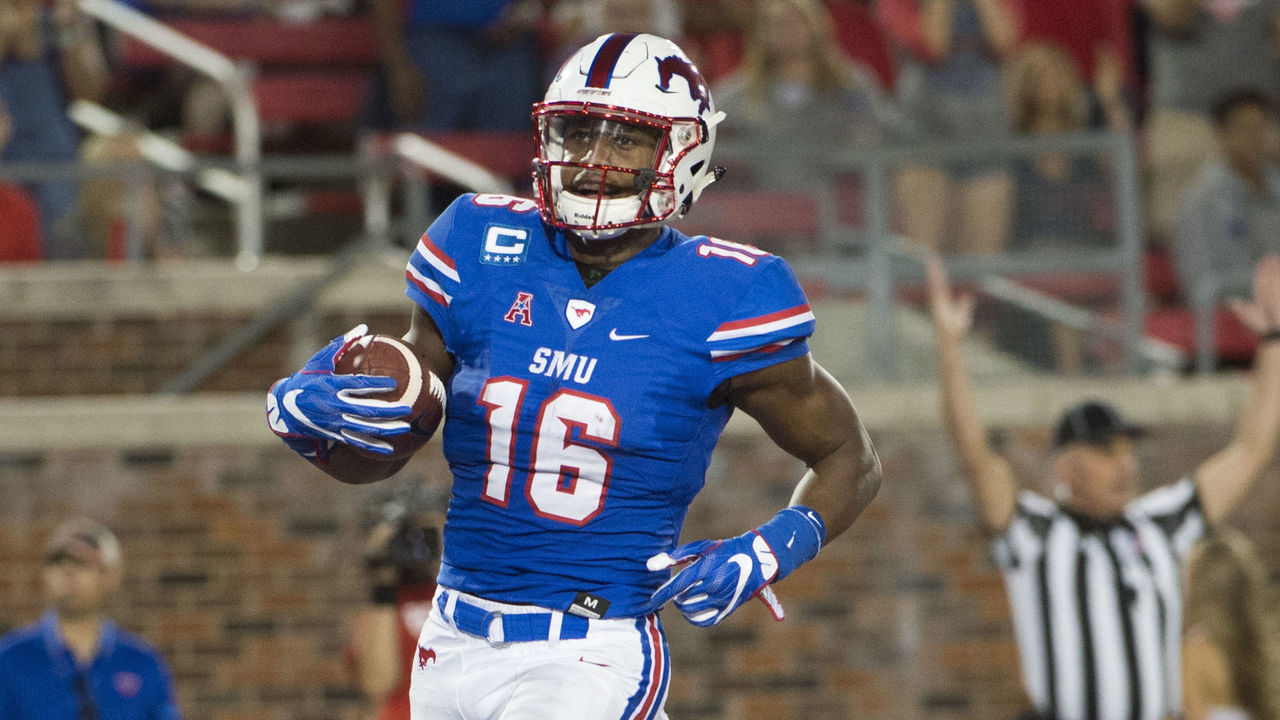7 prospect battles to watch at the combine
The NFL Scouting Combine allows players who share positions to be seen together and compete in head-to-head tests for what can often be the first time.
While draft evaluators and speculators constantly debate the merits and superiority of various assessment methods, the eye test and "intangibles" will always be used as trump cards by many scouts and general managers. The philosophical draft strategy of "best player available" versus "position of need" will also wage eternal war.
Here's a look at seven tightly contested positions to watch for at the 2018 combine, which runs from March 2-5 in Indianapolis.
Quarterback
Sam Darnold vs. Josh Rosen vs. Josh Allen vs. Baker Mayfield

The 2018 quarterback class has a little something for everyone. Darnold is viewed as the passer with the highest ceiling despite an unorthodox delivery and a potential need for a year of development under an NFL veteran. Rosen's leadership has often been questioned, but he's viewed as the most NFL-ready with excellent mechanics and footwork. Allen will need to dispel concerns regarding his accuracy in order to force scouts to focus on his 6-foot-5, 233-pound frame. Mayfield was crowned the best player in college football for 2017, but he'll continue answering questions on whether he'll be a leader or a headache in the NFL. The combine will serve as further assessment of their physical abilities as scouts try to determine who'll be the safest pick. Lamar Jackson could very well put all four to shame with his combine test scores, but questions regarding his fit as a prototypical passer will persist.
EDGE
Arden Key vs. Harold Landry

Neither player was at his best in 2017, but both Key and Landry have significant potential as game-changing pass-rushers. Key's off-field issues included a four-month leave from LSU last spring. It could deter scouts at the top of the draft and potentially make him a steal on Day 2. Landry will need a good showing in the bench press to show teams he'll be able to break free of blocks. Both are athletically gifted and versatile enough to slide into almost any defensive system. Key could use the combine to present scouts with far too tempting of a skill set to be allowed to slide down the draft board, but Landry is likely to be viewed as the safer choice.
Offensive line
Quenton Nelson vs. Connor Williams vs. Mike McGlinchey

NFL teams can disregard specified positions in favor of a player's overall ability to protect a franchise quarterback. Nelson, a guard, is viewed as the meanest of the offensive-line options, while still possessing an elite athletic ability. Williams took a step back in his final season at Texas - starting just five games due to a knee injury that took away some lateral quickness - and could even face a potential move from tackle to guard or center depending on his measurements at the combine. He's still technically sound and a strong leader. McGlinchey possesses the necessary skill set, but he'll need to add bulk to his monstrous 6-foot-8 frame in order to hold his own against NFL linemen on the other side of the ball.
Cornerback
Denzel Ward vs. Josh Jackson

Jackson holds a height advantage over the stockier Ward. His transition from a wide receiver could also make him the most appealing target for teams seeking a ball hawk in their secondary. He recorded eight interceptions in just his second season as a defensive back at Iowa. Ward possesses an athletic ability to compensate for his shorter stature and can mirror receivers downfield with phenomenal footwork. He could wind up shifting to the inside of the secondary where he can keep tight coverage as a nickel corner.
Receiver
Christian Kirk vs. Courtland Sutton

Kirk and Sutton are stuck battling it out to be the second receiver chosen, as Alabama's Calvin Ridley is widely regarded as the position's top choice. The 5-foot-11 Kirk scored a three-year best of 10 touchdowns in his final season at Texas A&M. The 6-foot-4 Sutton found the end zone 12 times as a receiver and once as a rusher in his final year at SMU. His extra five inches of height could push him ahead of Kirk in the predraft rankings if he's able to demonstrate the necessary speed and show an ability to create space. It's likely to come down to whether teams are seeking a slot receiver, or an outside possession option.
Defensive tackle
Vita Vea vs. Maurice Hurst vs. Da'Ron Payne

One of the positions with the most to be learned from the results of combine tests, Vea, Hurst, and Payne are likely to be lobbying for order in the middle of the first round. Vea is by far the largest of the trio, but he'll need to prove he has the quickness necessary to play on passing downs. Hurst and Payne may be a little undersized in comparison to their peer. Both will need to exhibit an ability to change direction and show the secondary moves needed to get by blockers and stop the run.
Running back
Saquon Barkley vs. The Field

The recent NFL success of Ezekiel Elliott and Leonard Fournette as top five picks will earn Barkley a look as high as No. 1 in the 2018 draft. One of few knocks on the Penn State product thus far is that he can be too patient at times, while possessing game-changing skills in both the rushing and passing attacks. More manufactured negative traits are sure to emerge during the overthinking part of draft analysis. It's on the rest of the running-back class that includes Derrius Guice, Ronald Jones II, Sony Michel, and Nick Chubb to have strong performances at the combine to help close Barkley's gap on the secondary group.
(Photos courtesy: Getty Images)